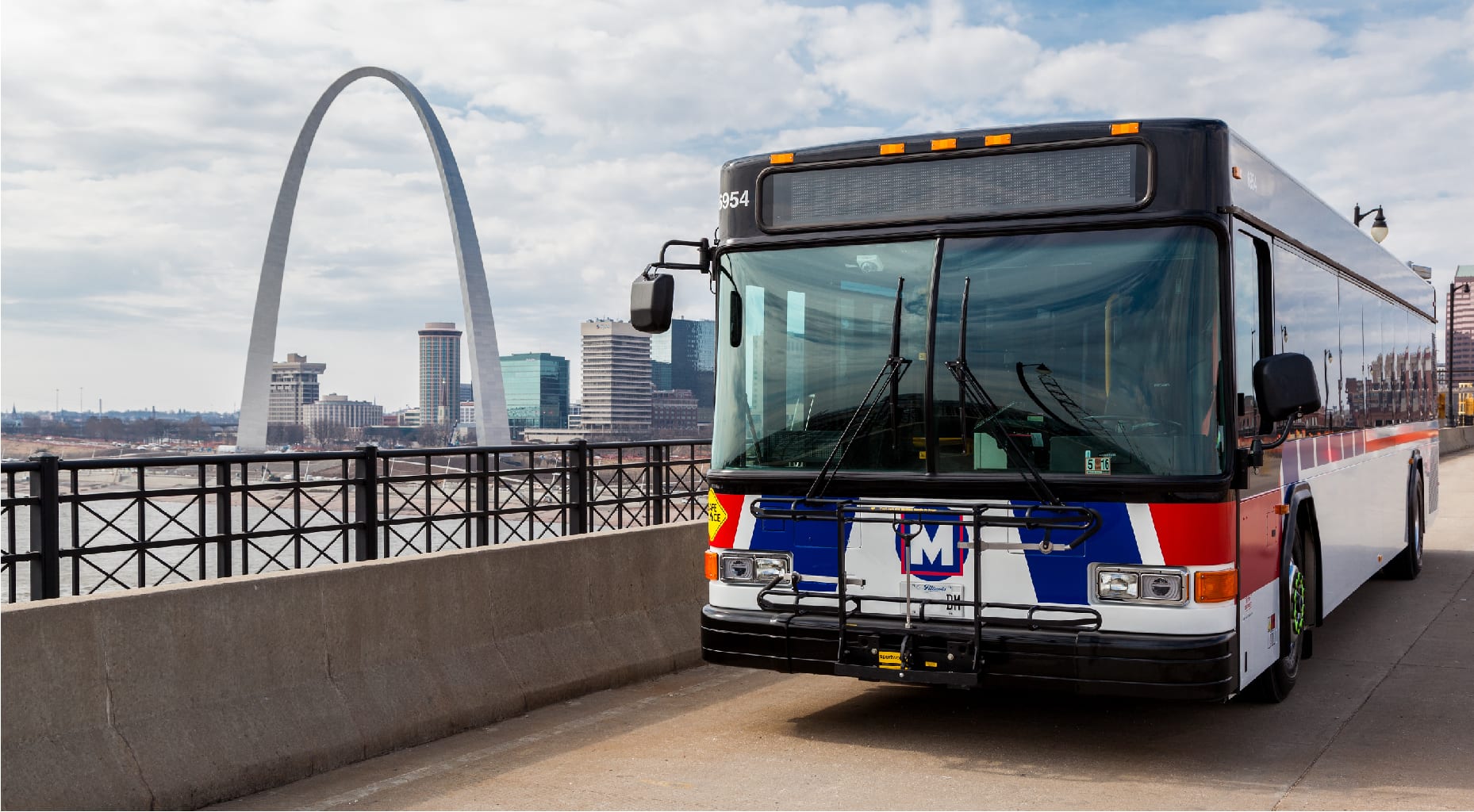
Metro Transit St. Louis is redefining public transportation for the 140,000 daily riders it serves. Previously hampered by the inefficiencies of reactive maintenance, the agency has adopted predictive technology through Vontas OnTransit, ushering in a new chapter of operational excellence. This forward-thinking strategy focuses on proactive measures that improve service reliability, optimize expenses, and foster a sustainable transit network.
Moving From Reactive to Proactive: Breaking the Cycle
Before implementing predictive maintenance, Metro Transit encountered challenges common to many transit agencies: stagnant budgets, increasing ridership, and an outdated maintenance system. The reactive approach meant addressing problems only after they occurred, leading to frequent breakdowns, time-consuming manual inspections, and escalating emergency repair costs. For riders, this translated to service disruptions that complicated daily travel. With 84% of riders using Metro Transit for work commutes and 20% relying on it for school transportation, reliability was essential. It became clear that maintaining the status quo was unsustainable for the evolving demands of public transit.The Vontas OnTransit Advantage
The transformation began with Vontas OnTransit, an advanced platform designed to revolutionize fleet maintenance using real-time data and predictive analytics. Integrated with Vontas OnRoute, the agency gained unparalleled operational visibility, allowing teams to identify and resolve issues before they turned into costly failures. Central to this shift is a predictive replacement maintenance program. Using live fleet data combined with sophisticated algorithms, Metro Transit now proactively tracks vehicle condition, schedules part replacements before failures occur, and detects fleet-wide trends to support long-term planning. This strategy reduces downtime, extends vehicle lifespans, and maximizes asset utilization more effectively than ever.A Ripple Effect on Reliability and Savings
The benefits of predictive maintenance have been profound. Metro Transit realized $2.4 million in annual savings by cutting the high costs associated with reactive repairs and prolonging fleet service life. Beyond financial gains, service reliability has dramatically improved. Fewer breakdowns result in fewer service interruptions, enabling riders to count on timely and consistent transit. With 24.5 million annual rides, these enhancements contribute to a smoother, more dependable commute — a critical outcome for a system that supports nearly $2.5 billion in economic activity within the St. Louis region.Addressing the Industry’s Systemic Challenges
Metro Transit’s evolution sets a new standard for efficiency and dependability, positioning the agency as a pioneer in modern transit management and demonstrating how innovative technology can reshape transit possibilities. Key outcomes of Metro Transit’s transformation include:- Extended Fleet Lifespan: Predictive maintenance has prolonged vehicle service, maximizing return on investment.
- Improved Service Reliability: Proactive issue management reduces disruptions, boosting rider confidence in the system.
- Enhanced Resource Allocation: Fewer emergency repairs free up funds and personnel for strategic priorities.

